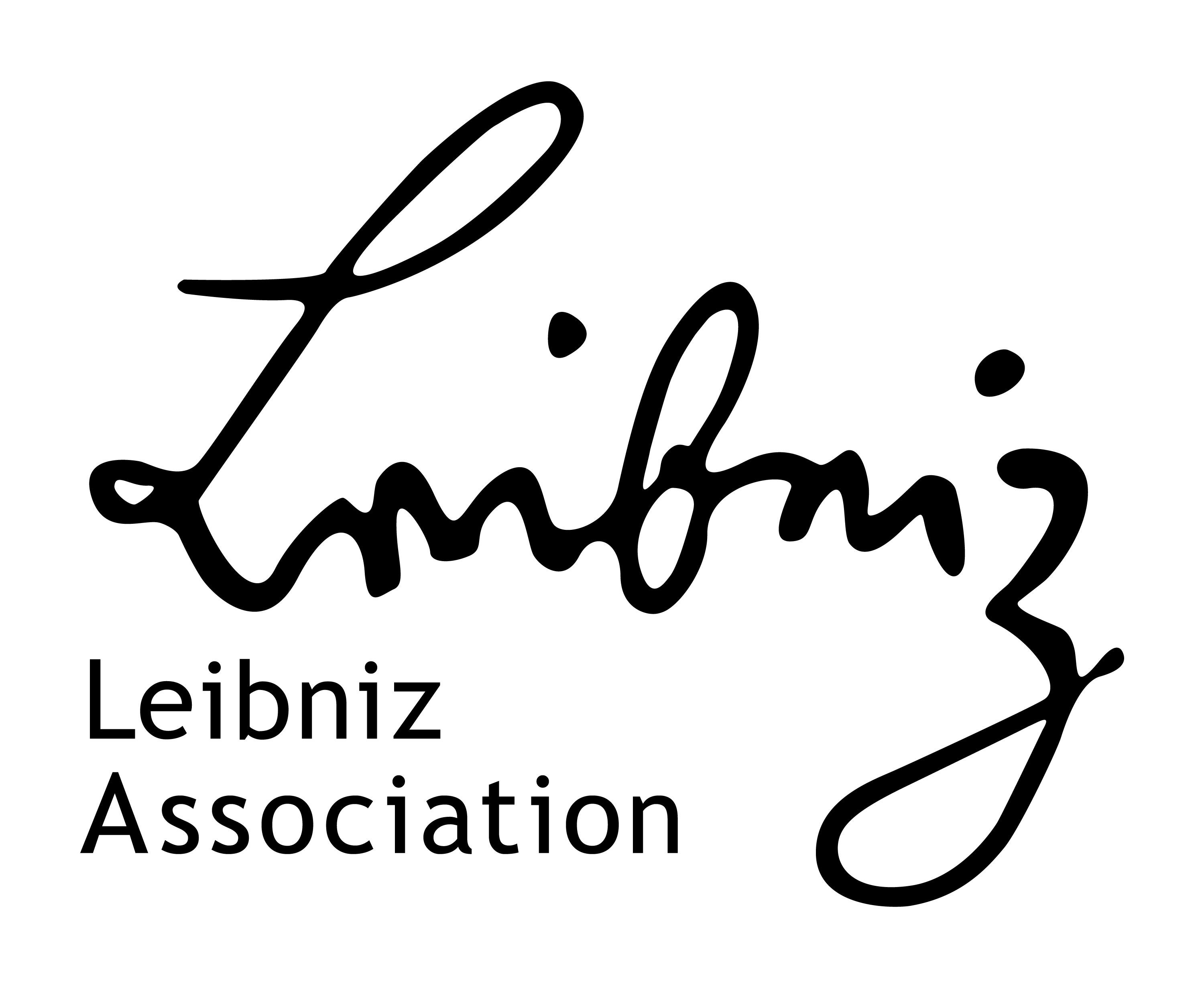Mahdi Moradi, PhD student I Email: mahdi.moradi@lir-mainz.de
Aneesa Riaz, PhD student I Email: aneesa.riaz@lir-mainz.de
Marlon Wendelmuth, postdoctoral researcher I Email: marlon.wendelmuth@lir-mainz.de
Jennifer Winter, senior scientist I Email: jennifer.winter@lir-mainz.de
The aim of the research group is to describe molecular mechanisms underlying resilient behavior. Based on these mechanisms, pharmacological interventions are being developed to strengthen resilience. The group focuses on two core areas:
1. The Blood-Brain Barrier and the Neurovascular Niche
In the so-called neurovascular niche, the supplying blood vessels and brain parenchyma are tightly interwoven. To prevent harmful cells and substances from entering the brain parenchyma unimpeded, the blood-brain barrier (BBB) lies between the blood-carrying vessel and neural tissue. Under stress, the BBB may lose its integrity, allowing cytokines and immune cells to penetrate brain tissue.
Various metabolic pathways influence the stability of the BBB. Among them is the mTOR (mammalian target of rapamycin kinase) signaling cascade, which plays a key role in linking metabolism and cell function. The group investigates such central metabolic pathways and their role in regulating the BBB. Notably, they have shown that inhibiting mTOR kinase significantly enhances resilience in a mouse model following chronic social stress. This kind of pharmacological enhancement post-trauma is currently being tested in human participants in collaboration with the Kalisch and Tüscher research groups. Other key regulatory mechanisms of the BBB are also under investigation.
2. Sex Differences in Resilience
Men and women respond differently to stress. Even during brain development, there are substantial differences in resilience between male and female brain tissue. These differences are reflected in the significantly higher incidence of neurodevelopmental disorders in males and, conversely, in the greater resilience and lower vulnerability of the developing female brain.
The research group has identified the dynamic reactivation of gene expression from the inactive X chromosome - induced by differentiation signals - as a potential mechanism for enhancing resilience in developing female brain tissue. To explore this, the group uses human cerebral organoids derived from female induced pluripotent stem cells with skewed X-chromosome inactivation. The role of such reactivation of gene expression from the inactive X chromosome in female brain development is currently being further investigated.
Sensory overstimulation is a key risk factor in brain development among children and adolescents. Excessive media exposure may contribute to the rising number of Attention-Deficit/Hyperactivity Disorder (ADHD) cases. In a mouse model of sensory overstimulation - induced ADHD, the group observes significant differences between male and female animals. The molecular causes of these differences are being investigated - specifically regarding the potential role of the inactive X chromosome in female brain tissue - in collaboration with the Stroh research group.
- The blood-brain barrier as a regulatory organ of mental resilience and susceptibility
- PHASR-PP: PHArmacological Augmentation of Stress Resilience – Proof of Principle
- Mechanisms of sexual dimorphism in the adaptive stress response
- Dr. Felicia Basilicata, Institute of Human Genetics, University Medical Center Mainz, Germany
- Prof. Dr. Peter Baumann, Institute of Developmental and Neurobiology, University of Mainz, Germany
- Prof. Dr. Benedikt Berninger, Centre for Developmental Neurobiology, King's College London, United Kingdom
- Prof. Dr. Susanne Gerber, Institute of Human Genetics, University Medical Center Mainz, Germany
- Prof. Dr. Marisa Karau, Institute of Biochemistry, University of Erlangen, Germany
- Prof. Dr. Wolfram Ruf, Center for Thrombosis and Hemostasis, University Medical Center Mainz, Germany
- DFG (German Research Foundation)
- EraNet
Weiß M, Selig M, Friedrich J, Wierczeiko A, Diederich S, Sigel H, Bredow J, Eichler FS, Nagy A, Seyler D, Holthöfer L, Gerber S, Schweiger S, Linke M, Bley A (2025) Deep intronic SVA_E retrotransposition as a novel factor in Canavan disease pathogenesis. Hum Gene Ther. doi:10.1089/hum.2025.006. Online ahead of print.
>> Link to articleButto T, Chongtham MC, Mungikar K, Hartwich D, Linke M, Ruffini N, Radyushkin K, Schweiger S, Winter J, Gerber S (2024) Characterization of transcriptional profiles associated with stress-induced neuronal activation in Arc-GFP mice. Mol Psychiatry. 29(19):3010-3023. doi: 10.1038/s41380-024-02555-z. PMID: 38649752
>> Link to PubmedFrank S, Gabessi E, Käseberg S, Bertin M, Zografidou L, Pfeiffer D, Brennenstuhl H, Falk S, Karow M, Schweiger S (2024) Absence of the RING domain in MID1 results in patterning defects in the developing human brain. LSA. doi: 10.26508/lsa.202302288
>> Link to PubmedHewel C, Schmidt H, Runkel S, Kohnen W, Schweiger S, Michel A, Bikar SE, Plachter B, Hankeln T, Linke M, Gerber S (2024) Nanopore adaptive sampling of a metagenomic sample derived from a human monkeypox case. J Med Virol. doi: 10.1002/jmv.29610
>> Link to PubmedKrummeich J, Nardi L, Caliendo C, Aschauer D, Engelhardt V, Arlt A, Maier J, Blicker F, Kwiatkowski MD, Rolski K, Vincze K, Schneider R, Rumpel S, Gerber S, Schmeisser MJ, Schweiger S (2024) Premature cognitive decline in a mouse model of tuberous sclerosis. Aging Cell. 23(12):e14318. doi:10.1111/acel.14318
>> Link to PubmedStroh A, Schweiger S, Ramirez JM, Tüscher O (2024) The selfish network: how the brain preserves behavioral function through shifts in neuronal network state. Trends Neurosci. 47(4):246-258. doi:10.1016/j.tins.2024.02.005
>> Link to PubmedKäseberg S, Bertin M, Menon R, Gabassi E, Todorov H, Frank S, Brennenstuhl H, Lohrer B, Winter J, Krummeich J, Winkler J, Winner B, Weis E, Hartwich D, Diederich S, Luck K, Gerber S, Lunt P, Berninger B, Falk S, Schweiger S, Karow M (2023) Dynamic X-chromosomal reactivation enhances female brain resilience. biorXiv. 2023. doi: 10.1101/2023.06.17.545424
>> Link to articleRücklé C, Körtel N, Basilicata MF, Busch A, Zhou Y, Hoch-Kraft P, Tretow K, Kielisch F, Bertin M, Pradhan M, Musheev M, Schweiger S, Niehrs C, Rausch O, Zarnack K, Keller Valsecchi CI, König J (2023) RNA stability controlled by m6A methylation contributes to X-to-autosome dosage compensation in mammals. Nat Struct Mol Biol. 30(8):1207-1215. doi: 10.1038/s41594-023-00997-7
>> Link to PubmedVennin C, Hewel C, Todorov H, Wendelmuth M, Radyushkin K, Heimbach A, Horenko I, Ayash S, Müller MB, Schweiger S, Gerber S, Lutz B (2022) A resilience-related glial-neurovascular network is transcriptionally activated after chronic social defeat in male mice. Cells. 11(21):3405. doi: 10.3390/cells11213405
>> Link to PubmedCooper A, Butto T, Hammer N, Jagannath S, Fend-Guella DL, Akhtar J, Radyushkin K, Lesage F, Winter J, Strand S, Roeper J, Zechner U, Schweiger S (2020) Inhibition of histone deacetylation rescues phenotype in a mouse model of Birk-Barel Intellectual Disability syndrome. Nat Commun. 11(1):480. doi: 10.1038/s41467-019-13918-4
>> Link to articleWendelmuth M, Willam M, Todorov H, Radyushkin K, Gerber S, Schweiger S (2020) Dynamic longitudinal behavior in animals exposed to chronic social defeat. PLoS One. 15(7):e0235268. doi: 10.1371/journal.pone.0235268
>> Link to Pubmed




